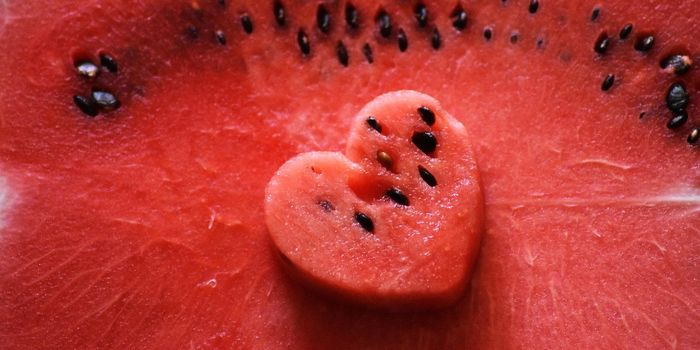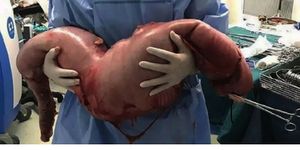Latest 3D-Printed Patches Promote New Blood Vessels
There’s a new method on the table for repairing blood vessels damaged by ischemia, especially the smallest and most damaged vessels: 3D-printed patches “infused with cells” to grow the blood vessels back to their former glory, improving upon current approaches for mending blood vessels that have many known limitations.
"Therapeutic angiogenesis, when growth factors are injected to encourage new vessels to grow, is a promising experimental method to treat ischemia," explained Christopher Chen from the Boston University College of Engineering. "But in practice, the new branches that sprout form a disorganized and tortuous network that looks like sort of a hairball and doesn't allow blood to flow efficiently through it. We wanted to see if we could solve this problem by organizing them."
Blood vessels come in different sizes, and they connect to create a transportation network between the heart and the body’s tissues and cells, delivering oxygen and nutrients via blood. However, ischemia destroys blood vessels, preventing them from delivering their cargo, starving tissues and leading to conditions like heart attack, stroke, and gangrene.
In Chen’s new study, published in the journal Nature Biomedical Engineering, scientists created two patches designed to be coated with endothelial cells - cells that make up a thin layer lining blood vessels, called the endothelium. One patch’s endothelial cells were “pre-organized into a specific structure,” while the other patch was injected with cells lacking any organization structure at all. The results? The pre-organized structure of endothelial cells greatly improved the ability of the patch to treat ischemia.
"This pre-clinical work presents a novel approach to guide enhanced blood flow to specific areas of the body," explained Chen’s research partner C. Keith Ozaki, MD, FACS from Brigham and Women’s Hospital. "The augmented blood nourishment provides valuable oxygen to heal and functionally preserve vital organs such as the heart and limbs."
Chen and Ozaki relied on their collaboration with a Boston biomedical technology company called Innolign for their 3D-printing approach to optimize the patterns used to structure endothelial cells.
"One of the questions we were trying to answer is whether or not architecture of the implant mattered, and this showed us that yes, it does, which is why our unique approach using a 3D printer was important," Chen explained. "The pre-organized architecture of the patch helped to guide the formation of new blood vessels that seemed to deliver sufficient blood to the downstream tissue.”
Chen and his team will continue to study the possibility of implementing these experimental patches to treat ischemia. Once they optimize the scalability of the patches and experiment with different cell structures, Chen plans on developing the patches for use in human cases of ischemia.
The present study was published in the journal Nature Biomedical Engineering.
Sources: Molecular Biology of the Cell, 4th edition; Boston University College of Engineering









